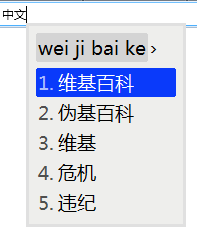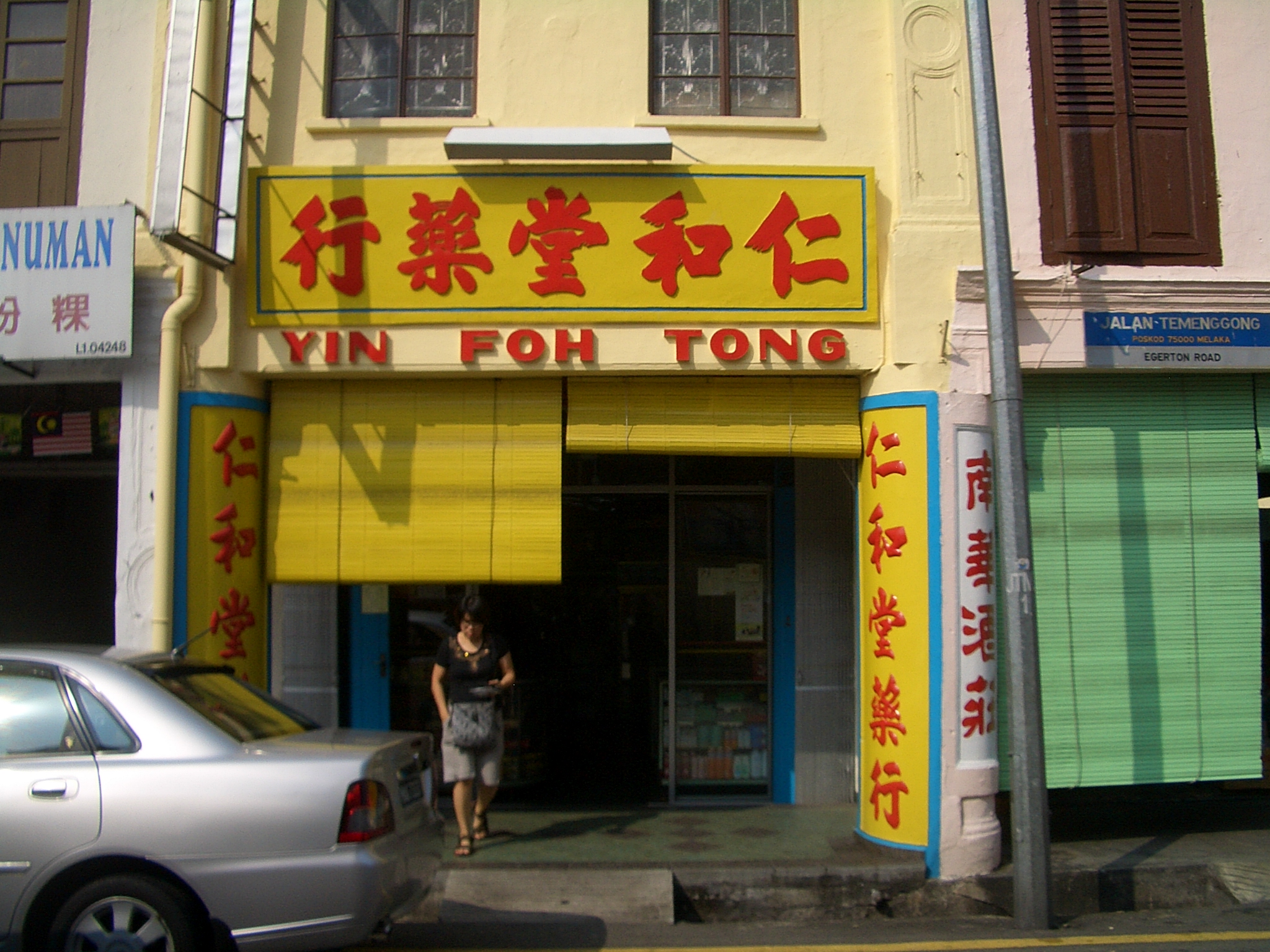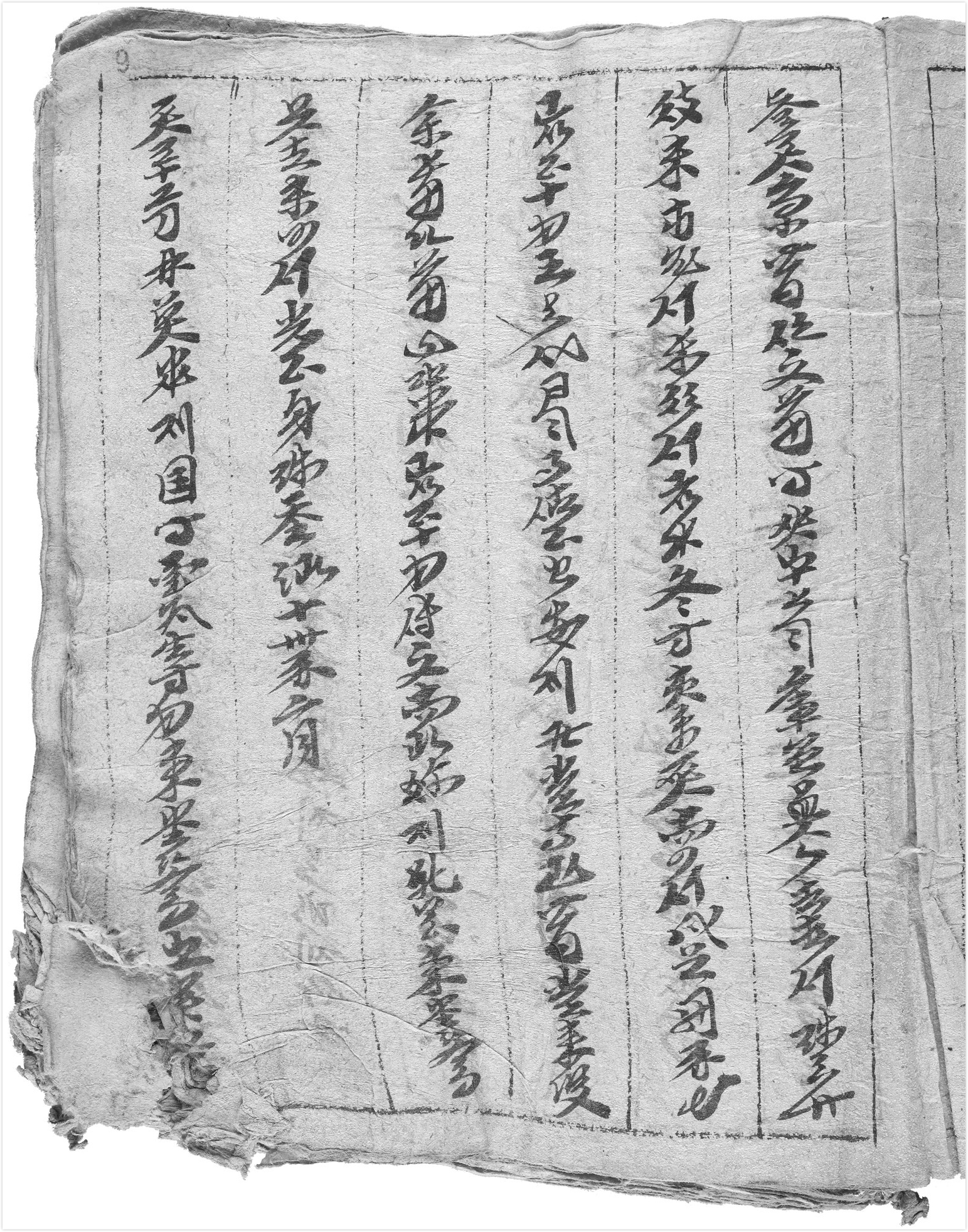|
Zhuyin
Bopomofo (), or Mandarin Phonetic Symbols, also named Zhuyin (), is a Chinese transliteration system for Mandarin Chinese and other related languages and dialects. More commonly used in Taiwanese Mandarin, it may also be used to transcribe other varieties of Chinese, particularly other varieties of Mandarin Chinese dialects, as well as Taiwanese Hokkien. Consisting of 37 characters and five tone marks, it transcribes all possible sounds in Mandarin. Bopomofo was first introduced in China by the Republican government in the 1910s and was used alongside the Wade–Giles system for romanization purposes, which used a modified Latin alphabet. Today, Bopomofo is now more common in Taiwan than on the Chinese mainland, and is after Hanyu Pinyin used as a secondary electronic input method for writing Mandarin Chinese in Taiwan as well as in dictionaries or other non-official documents. Etymology Bopomofo is the name used by the ISO and Unicode. ''Zhuyin'' () literally means p ... [...More Info...] [...Related Items...] OR: [Wikipedia] [Google] [Baidu] |
Commission On The Unification Of Pronunciation
The Commission on the Unification of Pronunciation () was the organization established by the Beiyang government in 1912 to select ancillary phonetic symbols for Mandarin (resulting in the creation of Zhuyin) and set the standard Guoyu pronunciation of basic Chinese characters. History It was decided in a draft on 7 August 1912, a month after a conference led by the Cai Yuanpei on July 10, that a set of phonetic symbols were to be used for education purposes. The Commission was set up in December, led by Wu Zhihui (Woo Tsin-hang; ). The Commission ended on 22 May 1913. A later similar organization that still exists that had been headed by Wu Zhihui for a while is the Mandarin Promotion Council. Members The first meeting took place on 15 February 1913 in Beijing, with 44 delegates. The chairman was Wu; vice-chairman Wang Zhao (). There were two representatives per each of the 26 provinces. The Tibetans, the Mongolians and the overseas Chinese each had one representative. ... [...More Info...] [...Related Items...] OR: [Wikipedia] [Google] [Baidu] |
Taiwanese Mandarin
Taiwanese Mandarin, ''Guoyu'' ( zh, s=, t=國語, p=Guóyǔ, l=National Language, first=t) or ''Huayu'' ( zh, s=, t=華語, p=Huáyǔ, first=t, l=Mandarin Language, labels=no) refers to Mandarin Chinese spoken in Taiwan. A large majority of the Taiwanese population is fluent in Mandarin, though many also speak Taiwanese Hokkien, commonly called ''Minnanyu'' ( ''Mǐnnányǔ'') or Southern Min, a variety of Min Chinese. This language has had significant influence on Mandarin as spoken on the island. ''Guoyu'' is not the indigenous language of Taiwan. Chinese settlers came to Taiwan in the 16th century, but spoke other Chinese languages, primarily Southern Min. Japan annexed Taiwan in 1895 and governed the island as a colony for the next 50 years, during which time Japanese was introduced and taught in schools, while non-Mandarin languages were spoken at home. With the defeat of Imperial Japan in World War II, Taiwan was returned to the Republic of China under the Kuomintang (KMT) ... [...More Info...] [...Related Items...] OR: [Wikipedia] [Google] [Baidu] |
Chinese Input Methods For Computers
Chinese input methods are methods that allow a computer user to input Chinese characters. Most, if not all, Chinese input methods fall into one of two categories: phonetic readings or root shapes. Methods under the phonetic category usually are easier to learn but are less efficient, thus resulting in slower typing speeds because they typically require users to choose from a list of phonetically similar characters for input, whereas methods under the root shape category allow very precise and speedy input but have a steep learning curve because they often require a thorough understanding of a character's strokes and composition. Other methods allow users to write characters directly onto touchscreens, such as those found on mobile phones and tablet computers. History Chinese input methods predate the computer. One of the early attempts was an electro-mechanical Chinese typewriter Ming kwai () which was invented by Lin Yutang, a prominent Chinese writer, in the 1940s. It assigne ... [...More Info...] [...Related Items...] OR: [Wikipedia] [Google] [Baidu] |
Chinese Transliteration
The different varieties of Chinese have been transcribed into many other writing systems. General Chinese General Chinese is a diaphonemic orthography invented by Yuen Ren Chao to represent the pronunciations of all major varieties of Chinese simultaneously. It is "the most complete genuine Chinese diasystem yet published". It can also be used for the Korean, Japanese and Vietnamese pronunciations of Chinese characters, and challenges the claim that Chinese characters are required for interdialectal communication in written Chinese. General Chinese is not specifically a romanisation system, but two alternative systems. One uses Chinese characters phonetically, as a syllabary of 2082 glyphs, and the other is an alphabetic romanisation system with similar sound values and tone spellings to Gwoyeu Romatzyh. Guanhua zimu ''Guanhua zimu'' 官話字母, developed by Wang Zhao 王照 (1859–1933), was the first alphabetic writing system for Chinese developed by a Chinese pers ... [...More Info...] [...Related Items...] OR: [Wikipedia] [Google] [Baidu] |
Hanyu Pinyin
Hanyu Pinyin (), often shortened to just pinyin, is the official romanization system for Standard Mandarin Chinese in China, and to some extent, in Singapore and Malaysia. It is often used to teach Mandarin, normally written in Chinese form, to learners already familiar with the Latin alphabet. The system includes four diacritics denoting tones, but pinyin without tone marks is used to spell Chinese names and words in languages written in the Latin script, and is also used in certain computer input methods to enter Chinese characters. The word ' () literally means " Han language" (i.e. Chinese language), while ' () means "spelled sounds". The pinyin system was developed in the 1950s by a group of Chinese linguists including Zhou Youguang and was based on earlier forms of romanizations of Chinese. It was published by the Chinese Government in 1958 and revised several times. The International Organization for Standardization (ISO) adopted pinyin as an international stan ... [...More Info...] [...Related Items...] OR: [Wikipedia] [Google] [Baidu] |
Seal Script
Seal script, also sigillary script () is an ancient style of writing Chinese characters that was common throughout the latter half of the 1st millennium BC. It evolved organically out of the Zhou dynasty bronze script. The Qin variant of seal script eventually became the standard, and was adopted as the formal script for all of China during the Qin dynasty. It was still widely used for decorative engraving and seals (name chops, or signets) in the Han dynasty. The literal translation of the Chinese name for seal script, (), is 'decorative engraving script', a name coined during the Han dynasty, which reflects the then-reduced role of the script for the writing of ceremonial inscriptions. Types The general term seal script can be used to refer to several types of seal script, including the large or great seal script ( ; Japanese ; Korean ; Vietnamese ) and the lesser or small seal script ( ; Japanese ; Korean ; Vietnamese ). Most commonly, without any other clarifying ter ... [...More Info...] [...Related Items...] OR: [Wikipedia] [Google] [Baidu] |
Clerical Script
The clerical script (; Japanese: 隷書体, ''reishotai''; Korean: 예서 (old spelling 례서); Vietnamese: lệ thư), sometimes also chancery script, is a style of Chinese writing which evolved from the late Warring States period to the Qin dynasty, matured and became dominant in the Han dynasty, and remained in largely active use through the Wei-Jin periods. In its development, it departed significantly from the earlier scripts in terms of graphic structures (a process named '' libian'', or "clerical change"), and was characterized by its rectilinearity, a trait shared with the later regular script. Although it was succeeded by the later scripts, including the regular script, the clerical script is preserved as a calligraphic practice. In Chinese calligraphy, the term ''clerical'' often refers to a specific calligraphic style that is typical of a specific subtype of the clerical script, the ''Han'' ''clerical'' () or ''bafen'' () ''script''. This style of calligraphy is ... [...More Info...] [...Related Items...] OR: [Wikipedia] [Google] [Baidu] |
Kanji
are the logographic Chinese characters taken from the Chinese family of scripts, Chinese script and used in the writing of Japanese language, Japanese. They were made a major part of the Japanese writing system during the time of Old Japanese and are still used, along with the subsequently-derived syllabic scripts of ''hiragana'' and ''katakana''. The characters have Japanese pronunciation, pronunciations; most have two, with one based on the Chinese sound. A few characters were invented in Japan by constructing character components derived from other Chinese characters. After World War II, Japan made its own efforts to simplify the characters, now known as shinjitai, by a process similar to China's simplified Chinese characters, simplification efforts, with the intention to increase literacy among the common folk. Since the 1920s, the Japanese government has published character lists periodically to help direct the education of its citizenry through the myriad Chinese characte ... [...More Info...] [...Related Items...] OR: [Wikipedia] [Google] [Baidu] |
Xiandai Hanyu Cidian
''Xiandai Hanyu Cidian'' (), also known as ''A Dictionary of Current Chinese'' or ''Contemporary Chinese Dictionary'' is an important one-volume dictionary of Standard Mandarin Chinese published by the Commercial Press, now into its 7th (2016) edition. It was originally edited by Lü Shuxiang and Ding Shengshu as a reference work on modern Standard Mandarin Chinese. Compilation started in 1958 and trial editions were issued in 1960 and 1965, with a number of copies printed in 1973 for internal circulation and comments, but due to the Cultural Revolution the final draft was not completed until the end of 1977, and the first formal edition was not published until December 1978. It was the first People's Republic of China dictionary to be arranged according to Hanyu Pinyin, the phonetic standard for Standard Mandarin Chinese, with explanatory notes in simplified Chinese. The subsequent second through seventh editions were respectively published in 1983 (Reorganized Edition- now see ... [...More Info...] [...Related Items...] OR: [Wikipedia] [Google] [Baidu] |
Khitan Large Script
The Khitan large script () was one of two writing systems used for the now-extinct Khitan language (the other was the Khitan small script). It was used during the 10th–12th centuries by the Khitan people, who had created the Liao Empire in north-eastern China. In addition to the large script, the Khitans simultaneously also used a functionally independent writing system known as the Khitan small script. Both Khitan scripts continued to be in use to some extent by the Jurchens for several decades after the fall of the Liao dynasty, until the Jurchens fully switched to a script of their own. Examples of the scripts appeared most often on epitaphs and monuments, although other fragments sometimes surface. History Abaoji of the Yelü clan, founder of the Khitan, or Liao, dynasty, introduced the original Khitan script in 920 CE. The "large script", or "big characters" (), as it was referred to in some Chinese sources, was established to keep the record of the new Khitan state ... [...More Info...] [...Related Items...] OR: [Wikipedia] [Google] [Baidu] |
Mandarin Chinese
Mandarin (; ) is a group of Chinese (Sinitic) dialects that are natively spoken across most of northern and southwestern China. The group includes the Beijing dialect, the basis of the phonology of Standard Chinese, the official language of China. Because Mandarin originated in North China and most Mandarin dialects are found in the north, the group is sometimes referred to as Northern Chinese (). Many varieties of Mandarin, such as those of the Southwest (including Sichuanese) and the Lower Yangtze, are not mutually intelligible with the standard language (or are only partially intelligible). Nevertheless, Mandarin as a group is often placed first in lists of languages by number of native speakers (with nearly one billion). Mandarin is by far the largest of the seven or ten Chinese dialect groups; it is spoken by 70 percent of all Chinese speakers over a large geographical area that stretches from Yunnan in the southwest to Xinjiang in the northwest and Heilongji ... [...More Info...] [...Related Items...] OR: [Wikipedia] [Google] [Baidu] |
Taiwan
Taiwan, officially the Republic of China (ROC), is a country in East Asia, at the junction of the East and South China Seas in the northwestern Pacific Ocean, with the People's Republic of China (PRC) to the northwest, Japan to the northeast, and the Philippines to the south. The territories controlled by the ROC consist of 168 islands, with a combined area of . The main island of Taiwan, also known as ''Formosa'', has an area of , with mountain ranges dominating the eastern two-thirds and plains in the western third, where its highly urbanised population is concentrated. The capital, Taipei, forms along with New Taipei City and Keelung the largest metropolitan area of Taiwan. Other major cities include Taoyuan, Taichung, Tainan, and Kaohsiung. With around 23.9 million inhabitants, Taiwan is among the most densely populated countries in the world. Taiwan has been settled for at least 25,000 years. Ancestors of Taiwanese indigenous peoples settled the isla ... [...More Info...] [...Related Items...] OR: [Wikipedia] [Google] [Baidu] |








